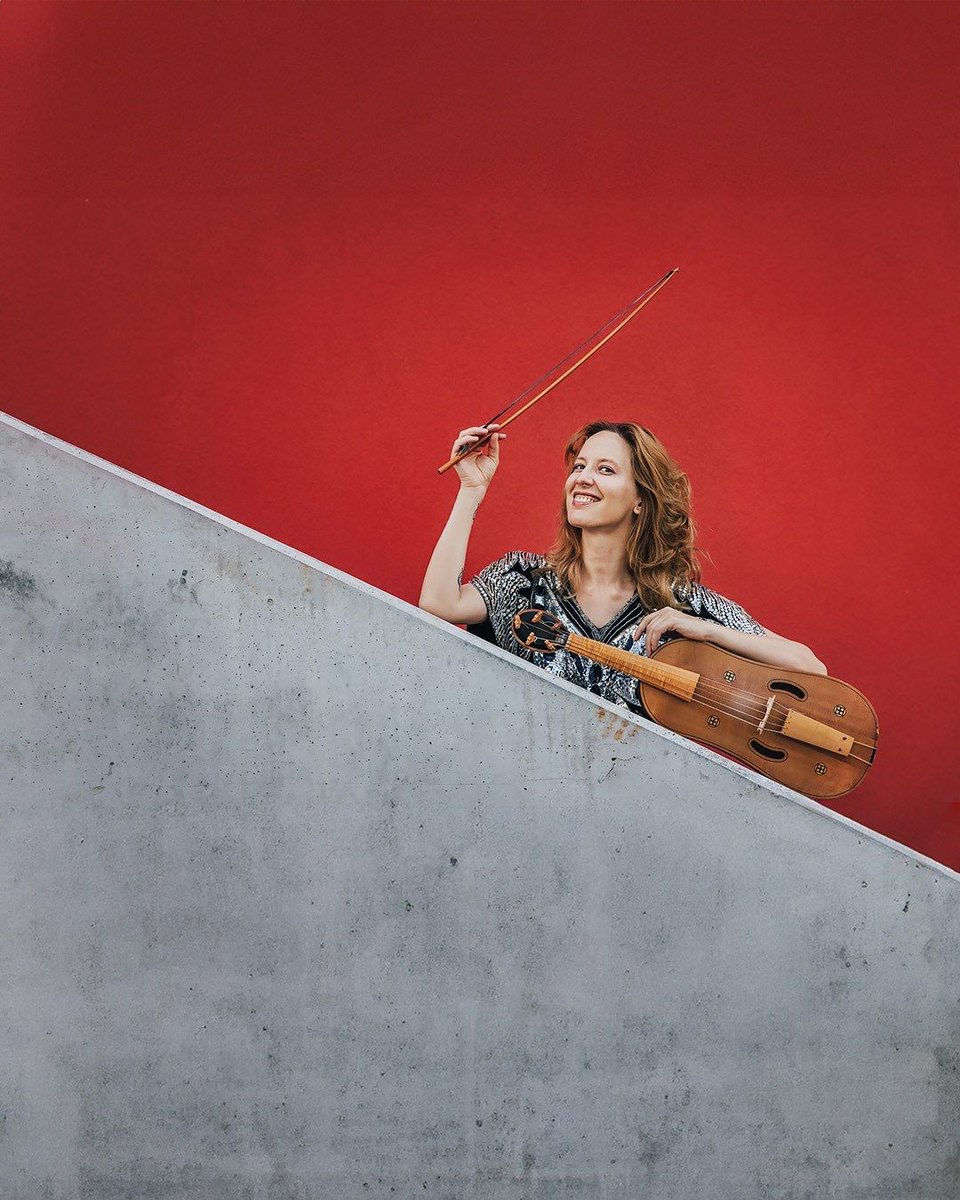The art of transcription: Ian Pace and The Beethoven Project
- Steve Crowther

- Oct 31, 2023
- 3 min read

On Saturday evening pianist Ian Pace will perform the first concert of The Beethoven Project. This project was planned by Ian Pace and Late Music Administrator Steve Crowther and involves programming the whole cycle of Beethoven’s symphonies transcribed for piano by the great Franz Liszt. The opening concert features the heroic Symphony No. 5 and Liszt’s sublime transcription of the radical song cycle, An die Ferne Geliebte. But why did Liszt undertake such an enormous artistic challenge? To be sure, he loved the music deeply, he loved the challenge, he also loved the idea of the intimacy of performing these orchestral works on the piano, experiencing the symphonies afresh. But the main reason was financial. The music publisher Breitkopf & Härtel commissioned Liszt to transcribe the work, paying him eight francs per page. Liszt completed this (and the 6th Symphony) in 1837, ten years after Beethoven’s death.
In an interview in 1988, the great pianist Vladimir Horowitz said: “I deeply regret never having played Liszt's arrangements of the Beethoven symphonies in public – these are the greatest works for the piano – tremendous works – every note of the symphonies is in the Liszt works."
Horowitz’s comments are embedded in the score itself to help the performer realise the original work through the lens of the piano transcription. Liszt would note down the names of the orchestral instruments for the pianist to imitate and add pedal marks and fingerings for pianistic clarity.
The full concert programme is:
Beethoven: An die Ferne Geliebte (transcribed by Franz Liszt) Gershwin: Love is Here to Stay (transcribed by Michael Finnissy) Gershwin: Embraceable You (transcribed by Michael Finnissy) Gershwin (maybe): Please Pay Some Attention to Me (transcribed by Michael Finnissy) Jerome Kern: Can’t Help Lovin’ that Man (transcribed by Michael Finnissy) Steve Crowther: Piano Sonata No. 4
Beethoven: Symphony No.5 (transcribed by Franz Liszt)
Now if we park the rogue Piano Sonata, the rest of the programme is also reimaginings of original works, songs by Gershwin and Kern, for piano. This time transcribed by the wonderful composer, Michael Finnissy. I know Michael, having studied with him at the University of Sussex and continued contact with him through programming, and commissioning his highly original music. Indeed, it was Michael that introduced myself and Late Music to Ian Pace. The rest, as they say, is history. I sent Michael the programme blueprint and, not surprisingly received a corrective response with a lovely insight into Gershwin’s Please Pay Some Attention to Me.
“I have slightly corrected your programme attributions - Richard Rodney Bennett gave me the melody of Please Pay Some Attention to Me, he had been given it by a Swedish cabaret-singer, it is (RRB told me) only attributed to George Gershwin - and does not appear in his work list. Schoenberg had no part in the writing of either the original song or my
transcription, although I did parody his piano style (respectfully). Jerome Kern wrote (rather than transcribed!) Can’t Help Lovin’ that Man (the original version of Show Boat had ‘dat’ instead of ’that’, but more recent editions have replaced this imitation-black-slang with 'plain English’).”
I wasn’t sure why Arnold Schoenberg was included in my original blueprint, but he aint now.
Finally, I’ll leave you with:

A personal note on piano transcriptions by Michael Finnissy:
“I was introduced to Busoni’s writing by my teacher Bernard Stevens. In simple terms, Busoni wrote that all music-making was a form of transcription, from the composer’s creative imagination and hand transcribing the thought, to the listeners’ varying reactions to the performer's reading of the composer’s notation. I have made two lengthy cycles of transcriptions, the earliest one (begun in 1972) of individual numbers from all of Verdi’s operas, the second (1988-9) from 23 of Gershwin’s songs. The pieces variously resemble the originals, less closely with Verdi, more closely with Gershwin. There are also single ‘cover versions’ of other composers, ‘completions’ of Mozart, Schubert and Grieg, and a huge number of pieces working with Folklore.”
Steve Crowther



Comments